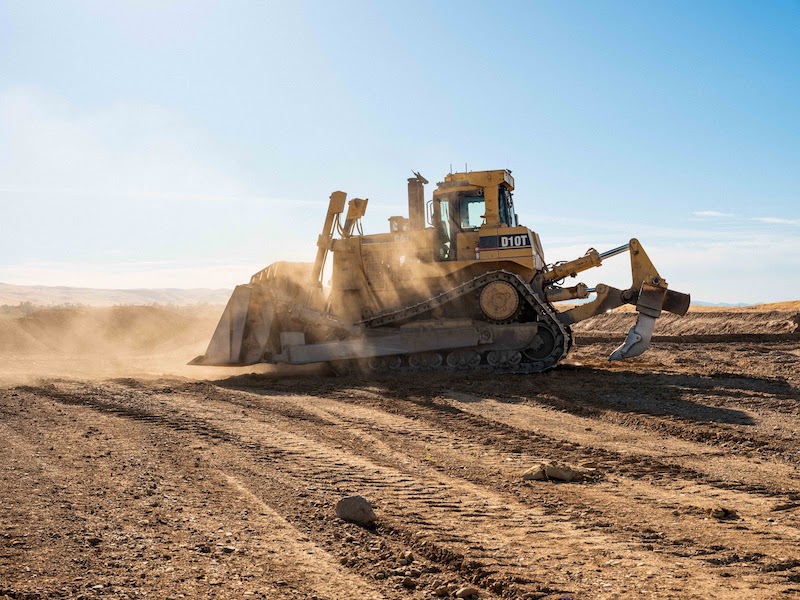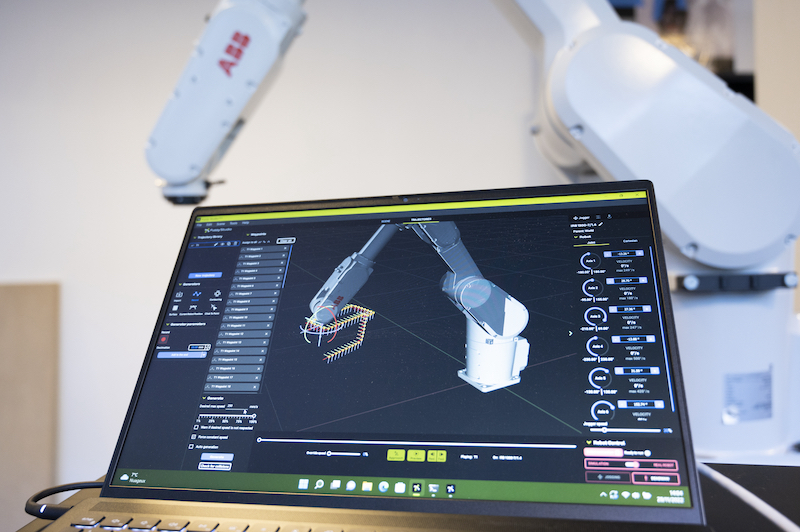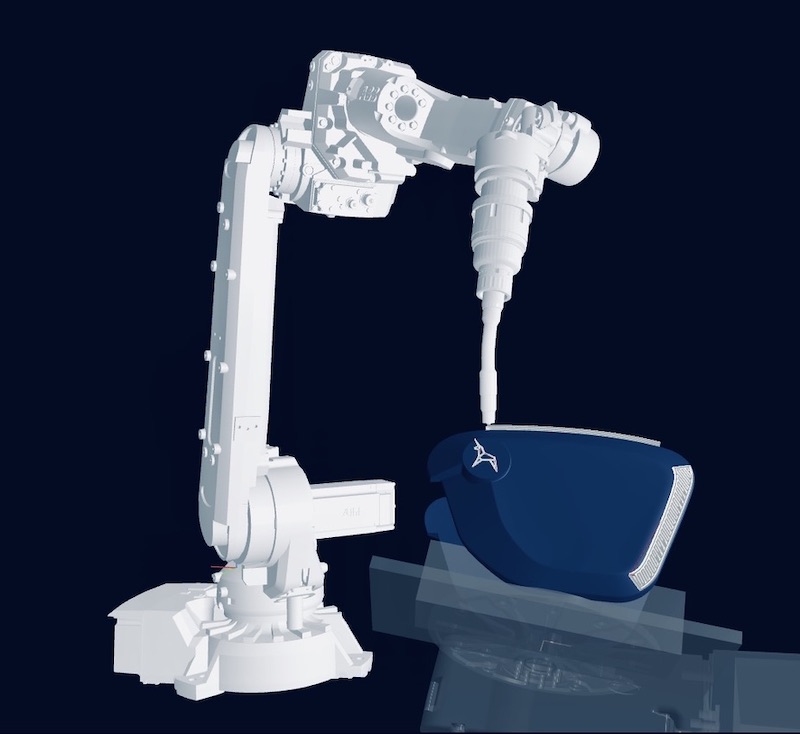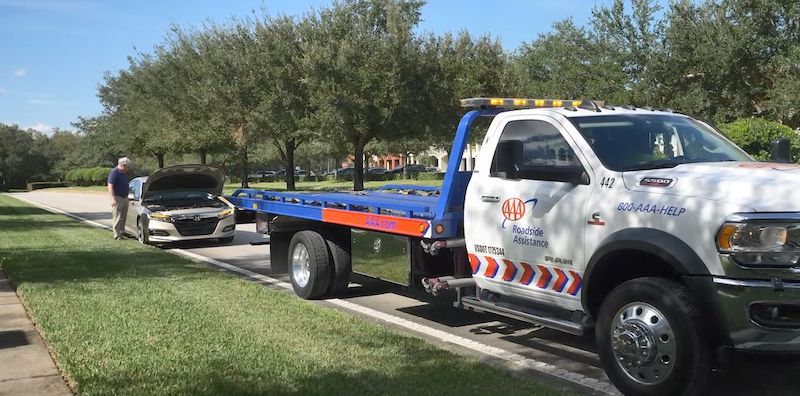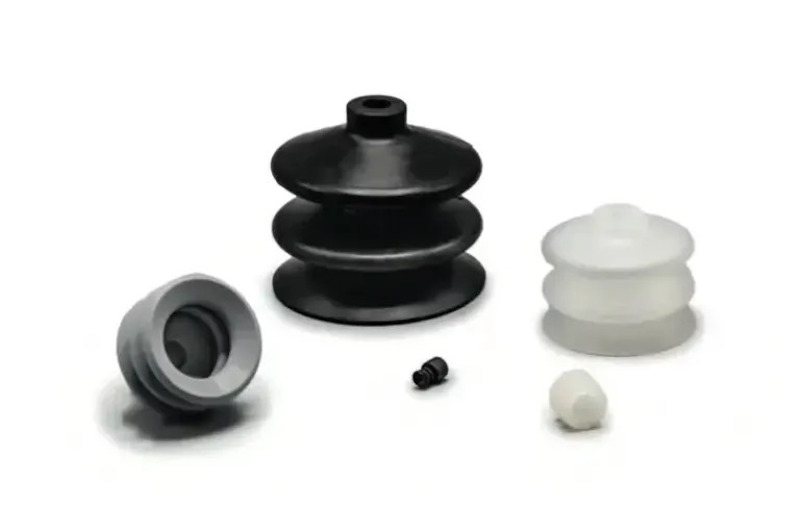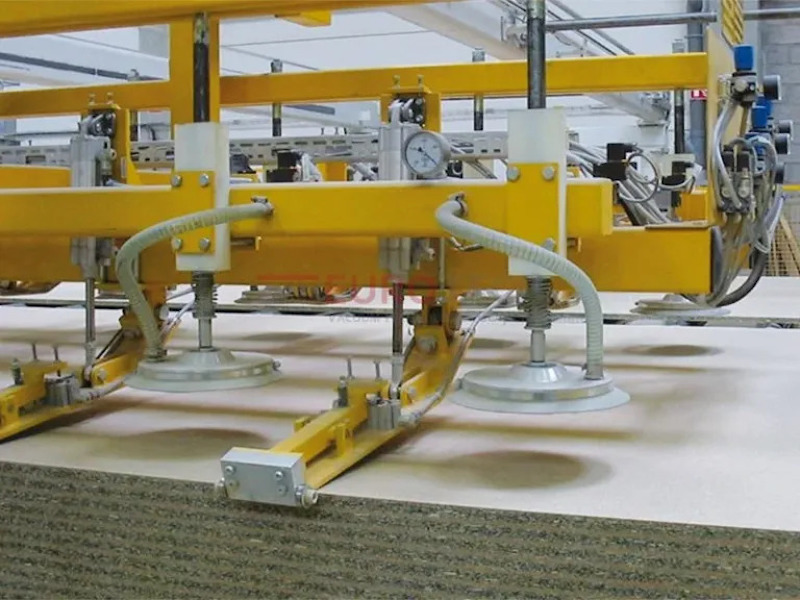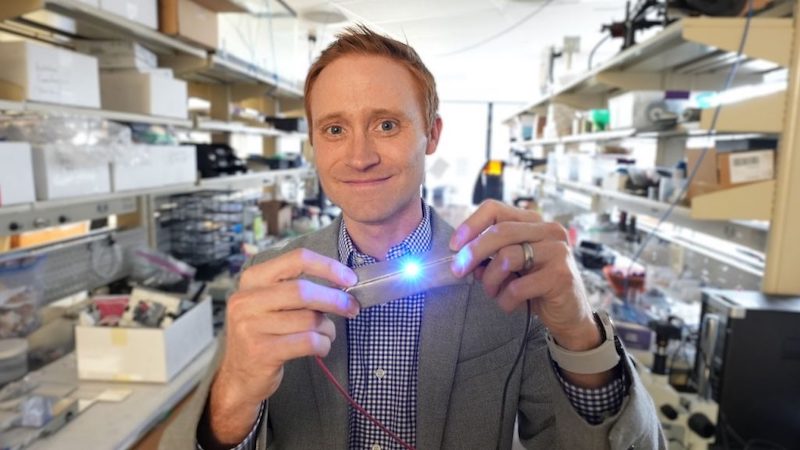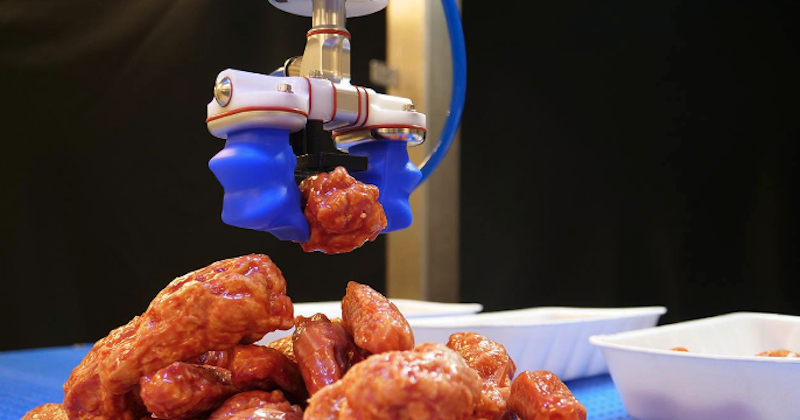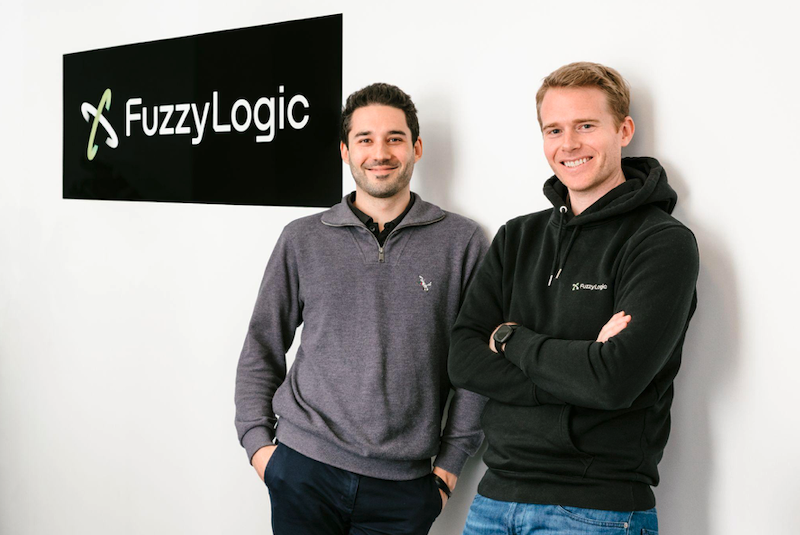Teleo, a company building autonomous technology for heavy construction equipment, has agreed deals with construction customers John Aarts Group, Teichert and Tomahawk Construction for remote-operated wheel loaders, bulldozers, and dump trucks, respectively.
In addition, Teleo has announced the company is expanding globally through a new dealer partner network spanning across the United States, Europe and Canada with partners Dobbs Positioning Solutions, RDO Equipment, SMS Equipment and SR-O Technology.
Construction and mining work is skilled, physically demanding and often dangerous. According to the Associated General Contractors of America, 91 percent of construction firms are having a hard time finding workers to hire, driving up costs and project delays. [Read more…] about Autonomous construction equipment company Teleo signs up new customers and expands worldwide
